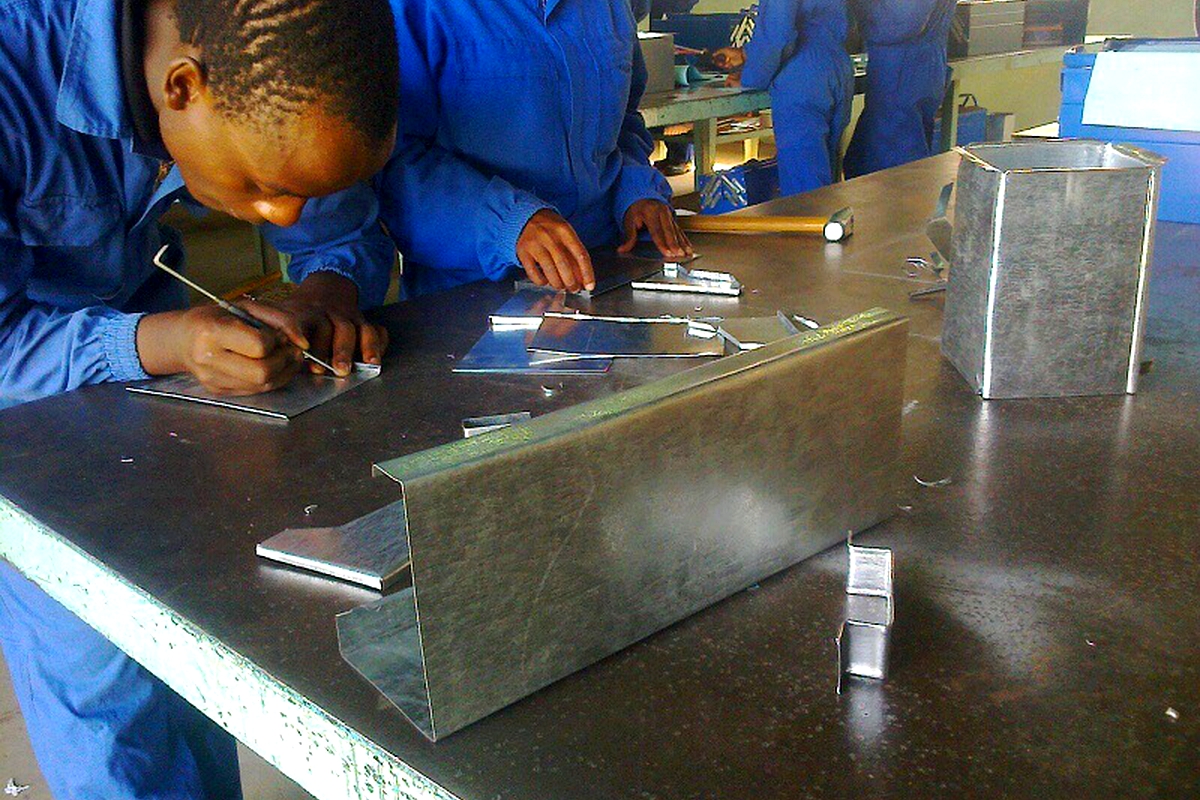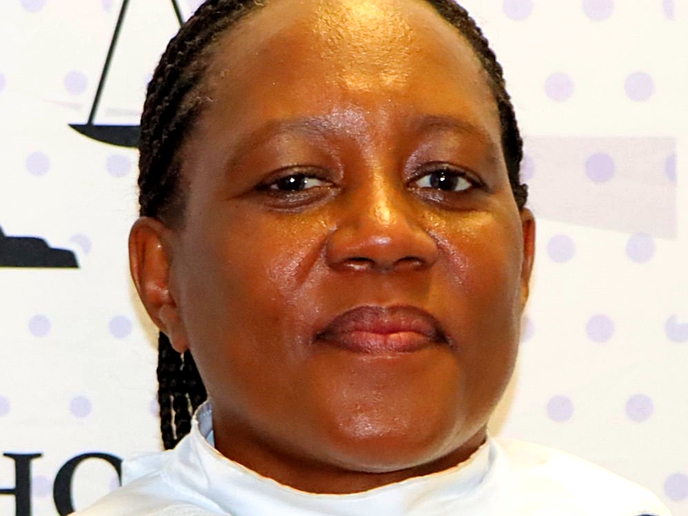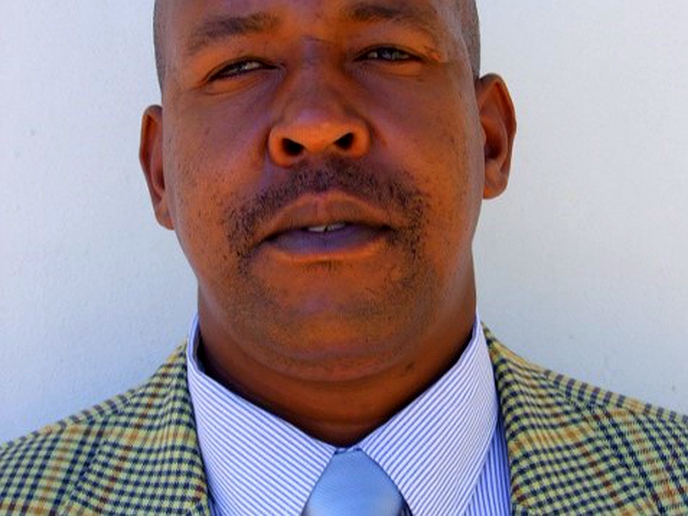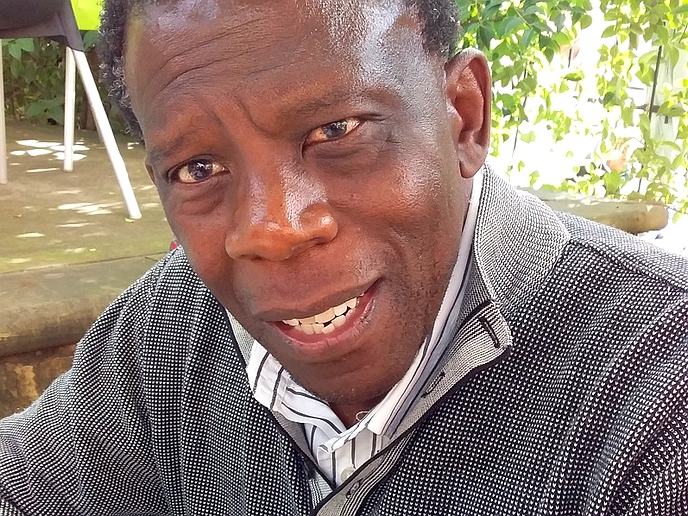. . . co-operate to design Lesotho’s own electric heater Lesotho may be Africa’s coldest country but the nation is on a path to manage this natural phenomenon as the government continues to electrify even the remotest of villages in the country. Lerotholi Polytechnic (Fokothi) and the National University of Lesotho (NUL) lecturers have joined forces to warm the country with Lesotho’s very own first electric heater. Of course, they did not put a man on the moon but this is a milestone in country notorious for importing nearly everything. The use of electric heaters is so common in Lesotho urban areas that many take it for granted, yet more than half a century after attaining independence in 1966 the country is yet to produce its own, fully invented, manufactured and commercialised electric heater.
news
May 2, 2019
METRO REPORTER
4 min read
Breakthrough as NUL, Fokothi dump competition

Realising this, a team of eight scientists and engineers; five from Fokothi and three from NUL; joined forces and are now on their way to
make it happen.
“We have just tested our first model and we are very happy with the results,” said Joseph Thaba on behalf of the Fokothi team. “We are up
for big things as this is just an example of how teams from the two institutions can work together and make miracles; in fact we were just testing the relationship.”
Scientists and academics from both institutions have since realised that whatever they may achieve independently is nothing compared to
what they can achieve by working together. “Gone are the days of competition,” said one excited NUL team member. “We live in an era of co-operation.”
An electric heater, of course, appears simple to the average person.
“That is - until you try to make it,” said Seforo Mohlalisi, one of the members from the NUL team. “Try to make it and you will soon realise how ‘the devil is in the details’ of making one.”
Enjoy our daily newsletter from today
Access exclusive newsletters, along with previews of new media releases.
However, few problems can stand in the way of determined and patient scientists and engineers who have decided to work together.
After the team agreed on the general structure of the heater, it was first CAD designed by Fokothi team member Sebaki Moji.
“In consultation with our NUL counterparts, we experimented with the first and the second design models until we were satisfied,” said Teboho Thabane, from the Fokothi team which also includes Abiel Masienyane and T’sitso Thamae.
“It didn’t take much time before we started building the first structure which went on smoothly,” Thamae added.
Of course, the work is the first design and it has to be improved going forward.
Then the NUL team took the “skeleton” and put in the “veins” and “arteries” and the heater became “a living soul” as it lit up, much to the
exhilaration of the entire team.
The team carefully examined all components necessary for safe heating and installed them. “The biggest problem was ensuring that the electrical components merge with the metal skeleton well to avoid short-circuiting,” detailed Thabo Koetje from NUL.
The team members said they learned the hard way that even the seemingly simple things are not that simple to make. And when you take into consideration the fact that safety is paramount in electrical products such as a heater, the production process becomes trickier.
At this point, many may have started wondering: what exactly is an electric heater? It is generally viewed as an electrical device that converts electric current to heat. It often consists of an element, called an electrical resistor. As an electric current passes through a resistor, it will convert that electrical energy into heat energy.
Most modern electric heating devices use nichrome wire as the active element; the heating element, which is often supported by ceramic insulators.
While there is nothing mysterious about an electric heater, only people trained in electricity and electronics are advised to experiment with it as such experiments can be fatal for laymen.
Also, it is very important to ensure that when making an electric heater, live wires are not directly in touch with metal parts of the heater since this may cause accidents. To avoid this, ceramic insulators are often put in between electrical components and the metal casing if such casings are an option.
With this knowledge in mind, the multi-disciplinary team was all too happy to see why it can be made and commercialised right here in
Lesotho.
Now that the first trial is complete and working, the second step for the passionate team is to make a redesign of the heater to ensure reduction in the cost of production and enable it to be mass produced in a normal factory.
Once satisfied with the performance of the last model, it will start designing a large scale manufacturing of the heater and - Lesotho will never be cold again!
The relationship between Fokothi and NUL teams is set to bring earth-shattering innovations for the Mountain Kingdom as more complex machines are already in the pipeline.
Tailored for you






